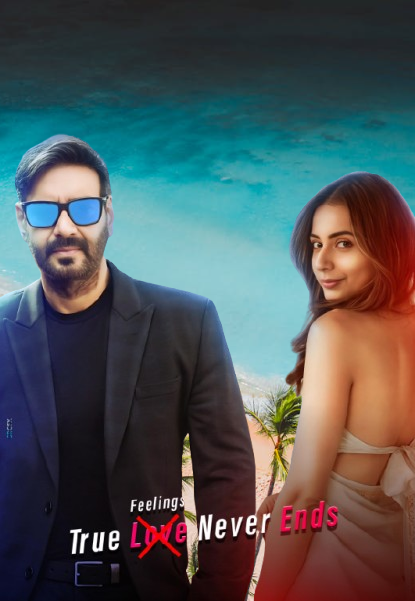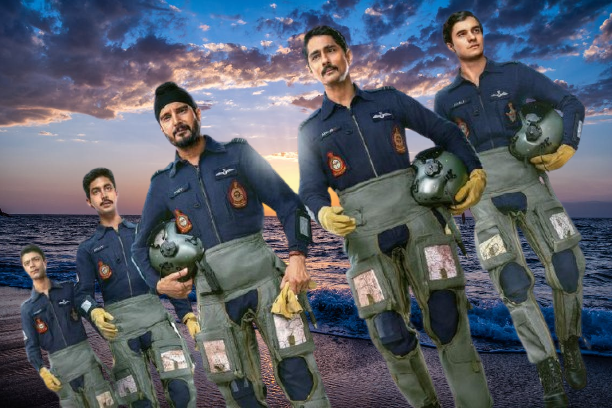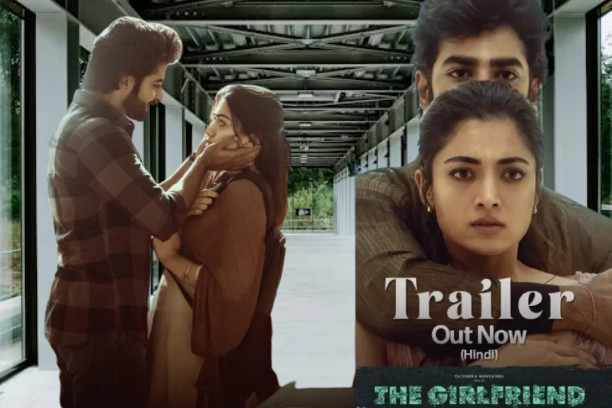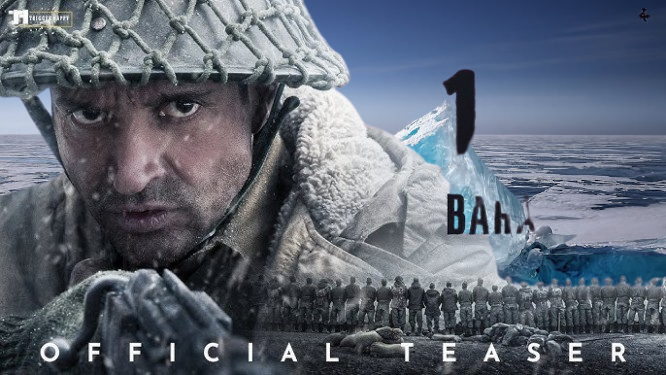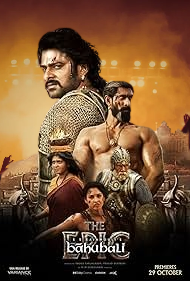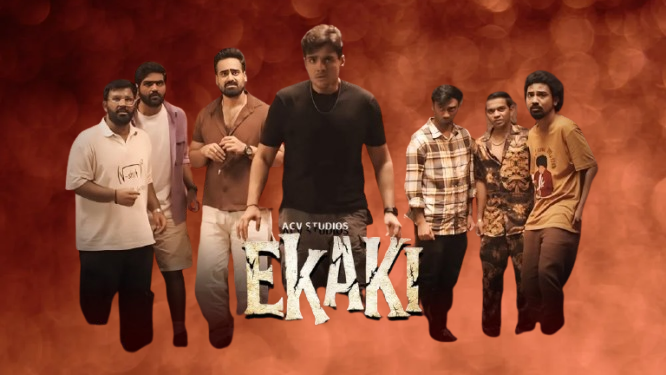Jatadhara Movie 2025 Movierulz Review Details
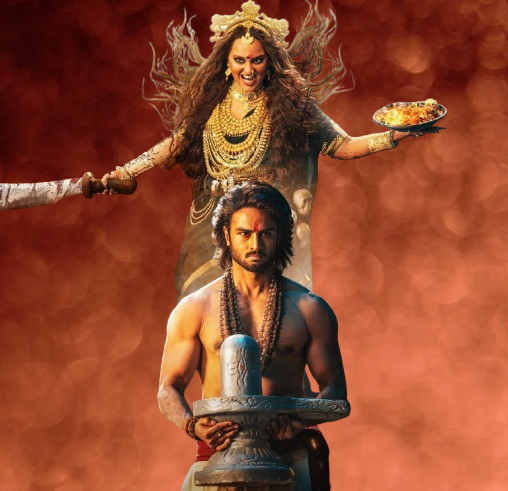
Jatadhara (2025) Review: A Close Read of the Directors’ Vision
Quick hook
You know that rare film where two directors try to marry mythology with corporate greed and supernatural spectacle? Jatadhara does exactly that — sometimes thrilling, sometimes uneven. As a reviewer with 15 years covering directors’ careers, I watched how Venkat Kalyan and Abhishek Jaiswal tried to carve a unique signature. This review focuses on their choices and where the film either soars or stumbles.
| Overall Rating | 1.75 / 5 |
| Director’s Vision Score | 2.5 / 5 |
Directorial Choices — tone, pacing, and intent
Venkat Kalyan (also credited writer) and Abhishek Jaiswal set out to fuse mythic stakes with modern anxieties. The film frequently toggles between quiet dread and loud, cinematic beats. That flip can feel deliberate — a stylistic aim to unsettle — but it also causes pacing fractures.
What worked
- Ambitious blend of folklore and social commentary on greed.
- Bold framing choices in several set pieces — wide compositions that let the supernatural loom.
- Casting risks (Sonakshi Sinha in a Telugu debut) that add cross-industry interest.
What didn’t
- Climax execution that undercuts earlier tension.
- Uneven tone — moments that call for subtlety often go overtly cinematic.
- Underwritten supporting roles that limit emotional payoffs.
Insight: The directors aim for mythic gravitas but sometimes confuse spectacle for depth.
Takeaway: Interesting directorial instincts; clearer tonal control would’ve made this special.
Stylistic Elements & Signature Choices
The film shows recurring directorial motifs: slow-burn reveals, chiaroscuro lighting in spiritual confrontations, and a recurring visual of wealth as a corrupting icon. These motifs suggest a deliberate visual language — one that’s not always fully realised.
| Style Element | How It’s Used |
|---|---|
| Silence & Stillness | Used to build dread before major reveals. |
| Symbolic Objects | Wealth iconography tied to Dhanapisachini’s influence. |
| Cross-cutting | Frequent cuts between corporate and supernatural realms to show collision. |
Insight: Visual motifs give the film identity even when the script falters.
Takeaway: Directorial fingerprints are present; tighter script work would amplify them.
Cast Highlights — choices that reflect the directors’ intent
| Performer | Role | Directorial note |
|---|---|---|
| Sudheer Babu | Shiva (ghost hunter) | Anchors the film; directors use him as moral center. |
| Sonakshi Sinha | Dhanapisachini (demoness) | A bold casting call; directors lean on her intensity but screenplay limits scope. |
| Divya Khosla | Sitara | Used to humanize supernatural stakes; given limited arcs. |
Insight: Casting signals the directors’ wish to mix star textures and outsider energy.
Takeaway: Performers often outwork the material, which is a sign of smart casting but weaker scripting.
Comparison to Previous Works & Influences
The dual-director structure invites comparisons to films that blend myth and contemporary issues. While Jatadhara borrows beats from modern mythic cinema, it lacks the narrative tightness of stronger predecessors.
| Film / Director | Similarity | Where Jatadhara differs |
|---|---|---|
| Modern mythic thrillers | Shared themes of faith vs greed | Less disciplined climax; more tonal swings |
| Stylised supernatural cinema | Visual ambition & memorable set pieces | Visuals sometimes outpace screenplay logic |
Insight: The film feels influenced by recent mythic experiments but hasn’t fully internalized their structural lessons.
Takeaway: If the directors refine pacing and the script in a future cut, the film could be re-evaluated more positively.
Technical & Collaborative Directional Notes
Directors worked closely with cinematographer Sameer Kalyani and editor Navin Nooli to create the film’s rhythm. Music by Rajeev Raj is used as a directional tool — to cue emotion and accent ritualistic scenes.
- Camera language: Intentional wide frames and depth-of-field plays to isolate characters.
- Editing rhythm: Meant to alternate meditative beats with shock edits; execution uneven.
- Sound & score: Directors use motifs to mark Dhanapisachini’s presence.
Insight: Collaboration shows a clear aesthetic plan.
Takeaway: Better script-visual alignment would make these technical choices sing louder.
Final Evaluation — the director’s ledger
Jatadhara is a film where directorial ambition is obvious. Venkat Kalyan and Abhishek Jaiswal show taste and a willingness to take risks. Yet, the film’s uneven screenplay and a faltering climax keep it from becoming a cohesive statement.
Final score (again): Overall 1.75/5 — Director’s intent 2.5/5.
This rating’s personal—could change on director’s cut.
FAQs
Q1: Does the film showcase a clear directorial voice?
A1: Yes — motifs and visual decisions indicate a voice, but inconsistent scripting blurs it at times.
Q2: Is Sonakshi Sinha’s Telugu debut properly handled by the directors?
A2: Her casting is bold and the directors use her intensity well; however, the screenplay restricts her full potential.
Q3: Would a director’s cut help?
A3: Likely — a tighter edit and tonal smoothing could significantly elevate the directors’ original intent.
Reviewer note
Having covered directors’ evolutions for 15+ years, I can say Jatadhara is an important attempt even if imperfect. The film rewards viewers who enjoy directorial ambition more than tidy storytelling.



